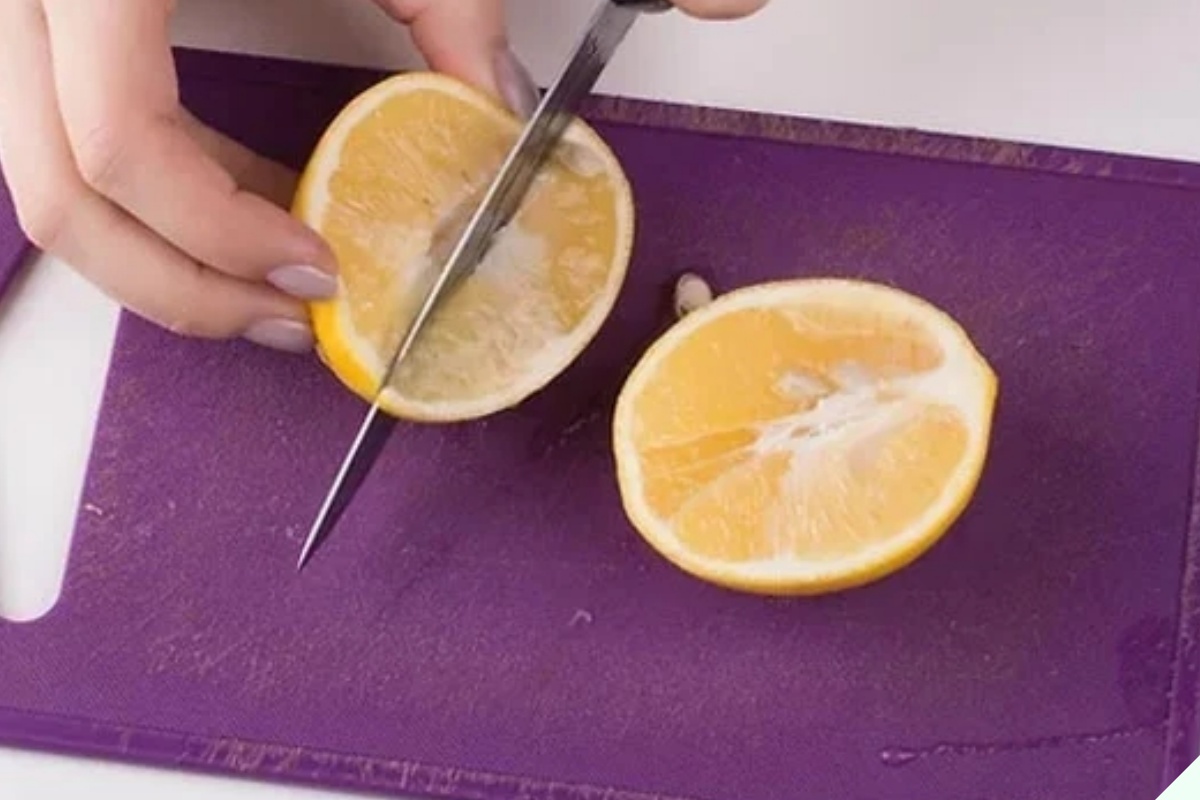
There has been much debate surrounding the proper way to cut a lemon. Who can forget the viral video of two sisters arguing over the ‘right’ way to cut a lemon? One sister insisted on cutting the lemon vertically, while the other, more traditional sister, argued that no one cuts lemons that way and that it wouldn’t yield any juice.
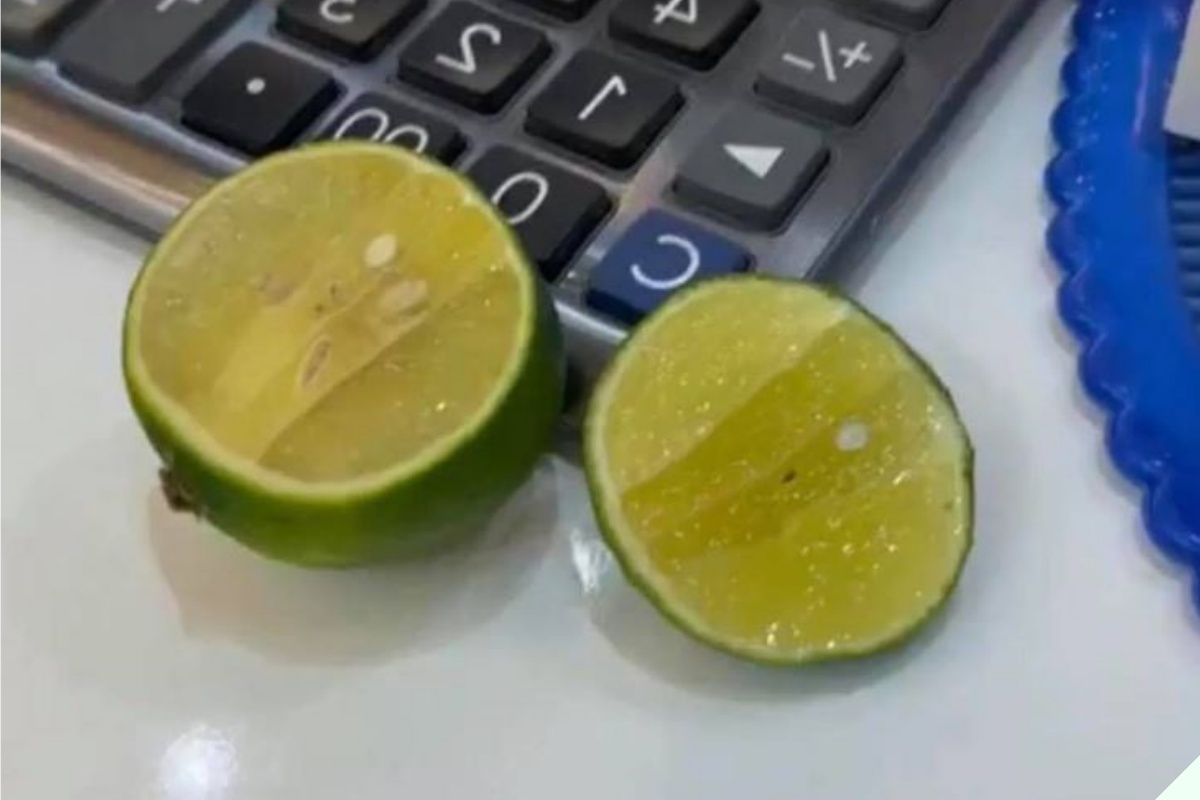
The video sparked a lot of discussion online, with most people commenting that they usually cut lemons horizontally. However, there were also quite a few people who agreed with the younger sister’s vertical cutting method. So, who is right?
In reality, experienced chefs and those in the know tend to favor the vertical cutting method, just like the younger sister in the story. If you pay attention, you’ll notice that chefs in restaurants and hotels often cut lemons vertically. This method helps avoid the core of the fruit and also yields more juice when squeezed.
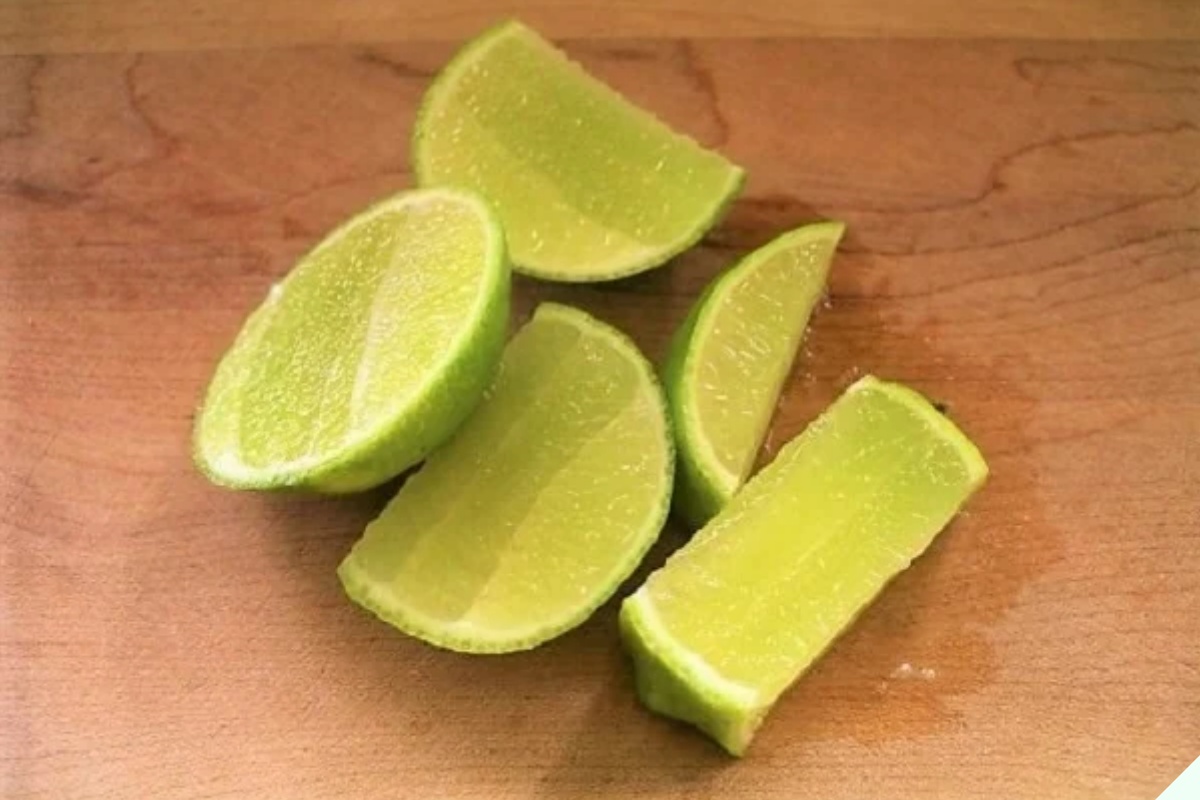
On the other hand, the traditional horizontal cutting method tends to crush the lemon segments, making it difficult to extract the juice and resulting in wastage. Applying too much force can also cause the bitter essential oils to mix with the juice.
Learn the simple, restaurant-style way to cut lemons to maximize juice extraction while minimizing the risk of essential oil splatter.
Guide to Cutting Lemons Properly
Step 1: Choose Your Lemons
One of the most important steps to getting the most juice out of your lemons is to choose the right ones. When buying lemons, look for the following characteristics:

– Thin-skinned lemons with a smooth, non-bumpy texture.
– Avoid oversized lemons. Opt for medium-sized lemons that feel heavy and firm.
– Gently press the surface of the lemon with your fingernail. A good lemon will release a pleasant aroma. If the peel has a strong, pungent smell, it’s best to avoid it.
Step 2: Wash the Lemons

Once you’ve purchased your lemons, give them a good wash to remove any dirt or residue. Then, drain the lemons in a colander and let them air dry.
If your lemons have been stored in the refrigerator, take them out and let them come to room temperature before using them. Soaking them in warm water for 3-5 minutes can also make them easier to juice.
Step 3: Roll the Lemons
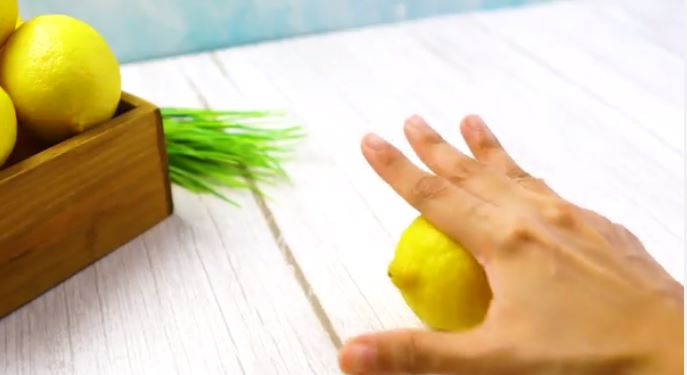
Place the lemons on a hard surface and gently roll them back and forth with your palm. This helps soften the lemons and makes it easier to extract more juice. Be careful not to use too much force, as this can cause the lemons to burst and release their bitter essential oils.
Step 4: Cut the Lemons
Depending on your personal preference, you can choose from the following cutting methods:
Method 1: Vertical Cut

Instead of cutting the lemon in half horizontally, try cutting it vertically. This method exposes more of the inner segments, resulting in more juice when squeezed.
Method 2: Horizontal Cut into Three Parts
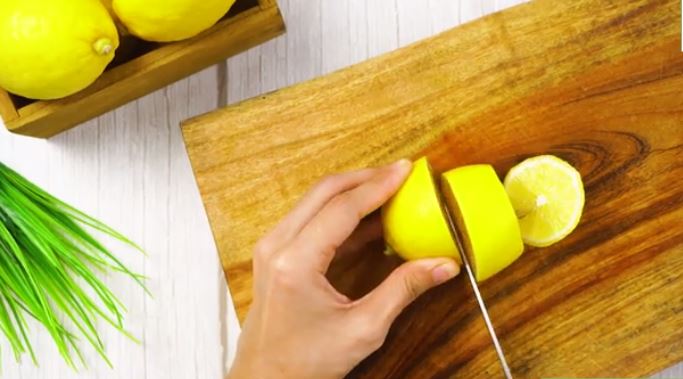
If you prefer the traditional horizontal cut, try dividing the lemon into three equal parts instead of two.
Method 3: Cut Along the Round Edges of the Lemon
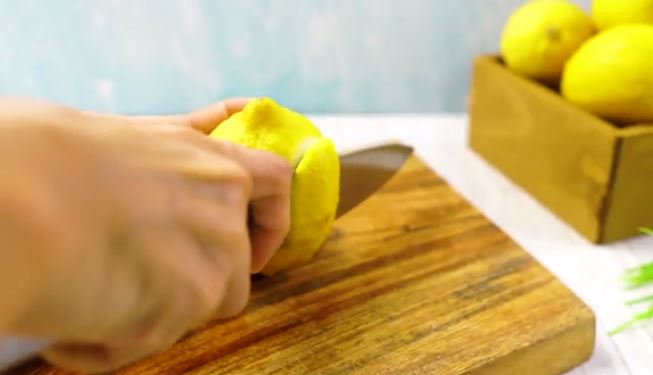
Place the lemon on a cutting board and carefully cut along the round edges, leaving just enough to keep the core intact. Don’t worry about wasting any juice, as you can easily twist and squeeze out the remaining juice from the core.
These are some tips to help you cut lemons the right way. You can store the lemon juice in a glass jar with a tight-fitting lid in the refrigerator for 5-7 days. Alternatively, you can freeze it.
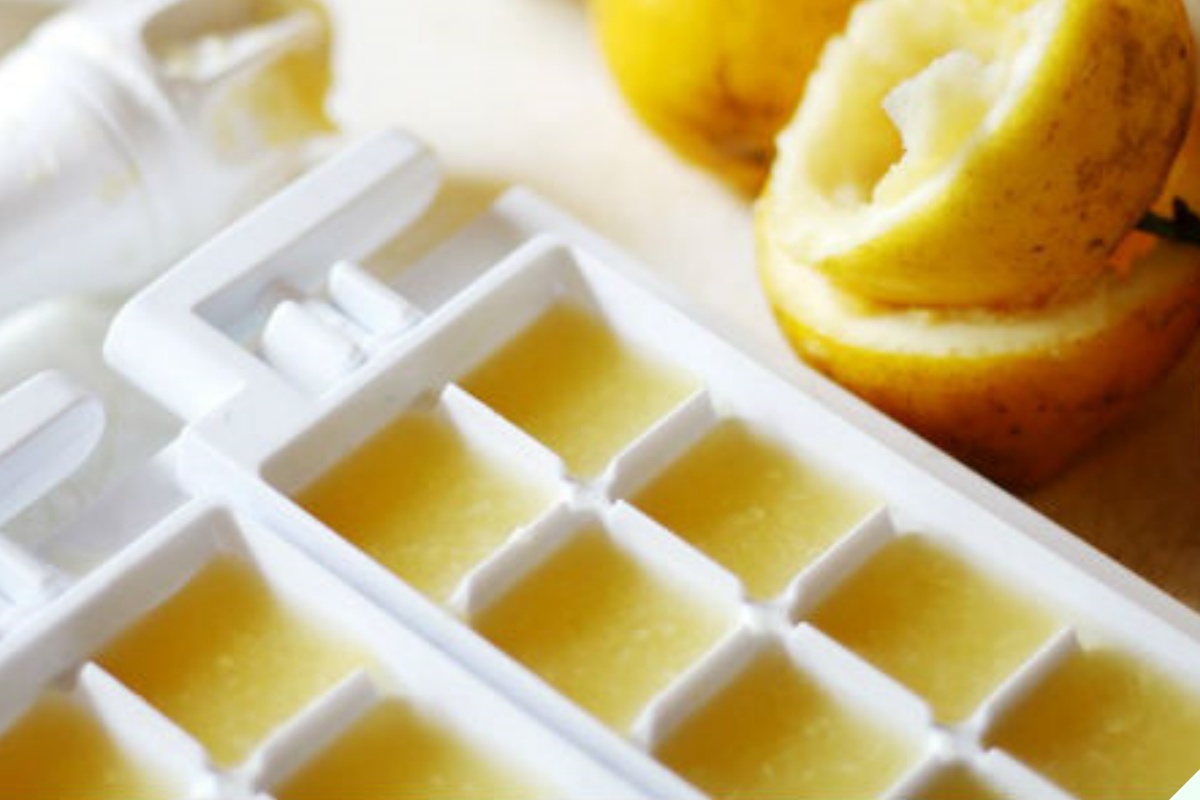
However, it is not recommended to store lemon juice this way, as it can lose its natural flavor.
Some Tips for Storing Lemons to Keep Them Fresh Longer
– Wrap each lemon individually in plastic wrap or old newspaper, place them in a plastic bag, seal it tightly, and store them in the refrigerator. They will stay fresh for up to two weeks.

– Line the bottom of a box with a layer of fine sand. Place the lemons on top and cover them with another layer of sand. Repeat this process, alternating layers of lemons and sand, until all the lemons are used up.
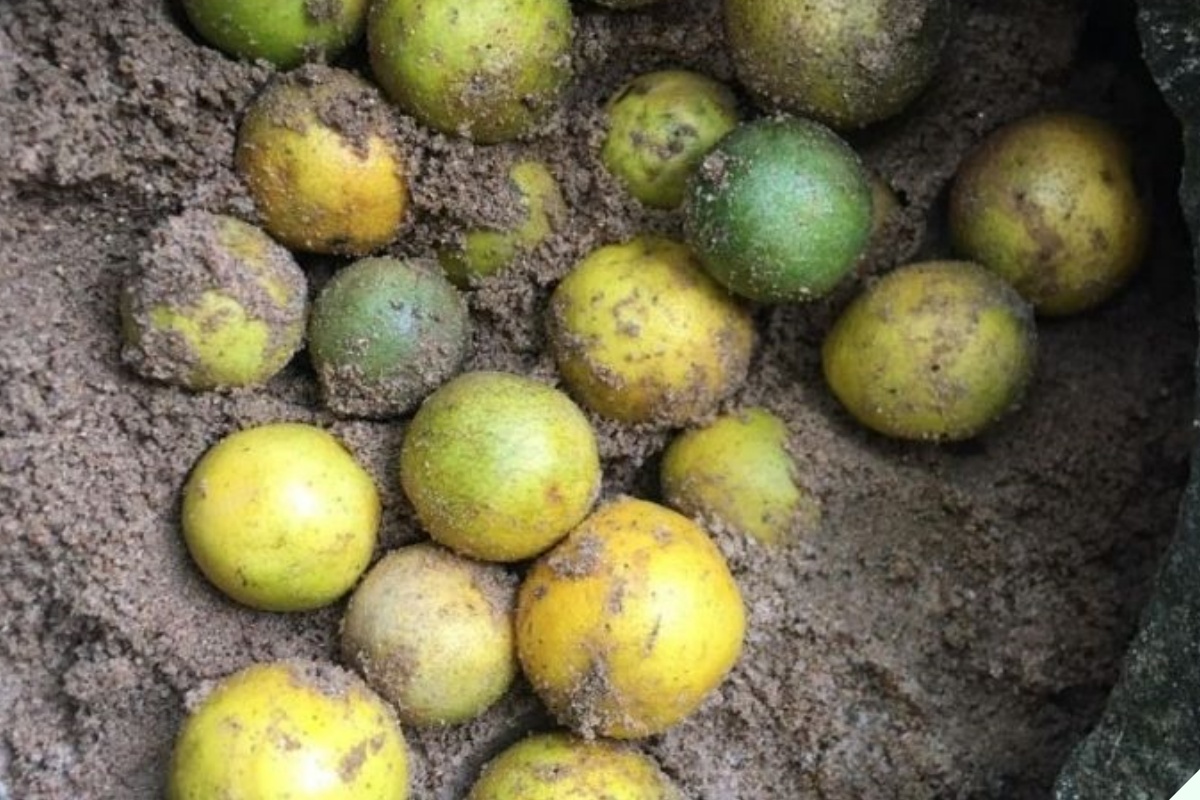
Store the box in a cool, dry place. This method keeps the lemons fresh for a long time, maintaining their just-picked freshness.

































